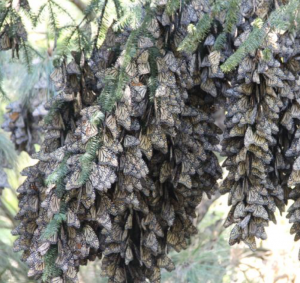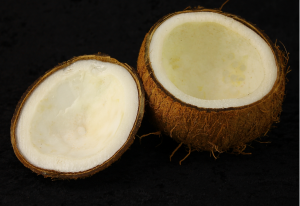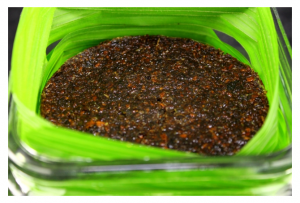|
‘Monarch Butterfly Population Making A Comeback’
Dr. Oberhauser interviewed on KARE 11
Posted on Tuesday, March 1, 2016 at 11:14 am in Monarch Conservation
The phenomenal boost in overwintering monarch butterflies has everyone optimistic about the recover of this insect icon. KARE 11 reached out to Dr. Oberhauser for her reaction to the good news released by the World Wildlife Fund last Friday.
Dr. Oberhauser cited ideal conditions in the monarchs breeding range as a major factor in the observed increase. The multitude of monarch conservation efforts by individuals and communities is sure to have played a role in the population rebound. However, as Dr. Oberhauser is points out, “we still haven’t reached the point where most scientists agree the population has long-term viability.” Continuing to increase habitat restoration efforts, especially on private lands and in marginalized areas like roadsides, will be crucial to monarch conservation in the near future.
‘Oasis Floral Foam: The Dark Side’
It turns out that the very thing we rely on to arrange flowers has a dark side. While none of us could imagine how to arrange flowers without Oasis Floral Foam, perhaps it is time we figured that out.
Oasis is made of non-biodegradable plastic and toxic chemicals including formaldehyde, carbon black, and other proprietary chemicals. The first two are known carcinogens! In fact, many floral arranging schools recommend that users wear gloves and wash thoroughly after handling Oasis. Breathing the dust is particularly dangerous.
Fortunately there is an alternative. (Our Garden Club is not specifically endorsing this company, but we feel we should provide the company information and link in the interest of supporting conservation efforts, and letting everyone know alternatives exist.) Floral Soil™ is non-toxic and 100% plant based. It not only biodegrades, the components have been shown to improve soil. While I have not tried it, I do think we should look into it in an effort to save ourselves and our environment. For further information: www.floralsoilsolutions.com.
Simply Natural
Floral Soil™ is a foam composite derived from renewable coconut husk waste. There are no added colorants, preservatives, or fossil fuel based on chemical additives.






